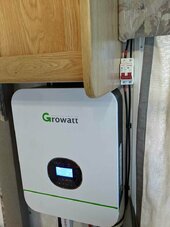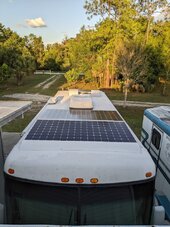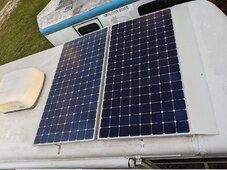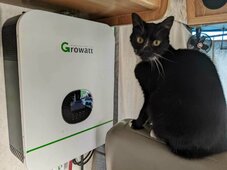It is about how BTU is are rated from the factory and Standard defintions.
| ASHRAE vs. SACC BTU Comparison | | |
|---|
| Old ASHRAE BTU | New DOE BTU SACC | Coverage Area |
|---|
| 8,000 BTUs | 4,000 - 5,000 BTUs | Up To 250 Sq Ft |
|---|
| 9,000 BTUs | 5,000 - 6,000 BTUs | Up To 300 Sq Ft |
|---|
| 10,000 BTUs | 6,000 - 7,000 BTUs | Up To 350 Sq Ft |
|---|
| 11,000 BTUs | 7,000 - 8,000 BTUs | Up To 400 Sq Ft |
|---|
| 12,000 BTUs | 8,000 - 9,000 BTUs | Up To 450 Sq Ft |
|---|
| 13,000 BTUs | 9,000 - 10,000 BTUs | Up To 500 Sq Ft |
|---|
| 14,000 BTUs | 10,000 - 11,000 BTUs | Up To 600 Sq Ft |
|---|
| 15,000 BTUs | 11,000 - 12,000 BTUs | 600 Sq Ft+ |
|---|
Inverter units are usually rated according to the new definition and single stage units are on the old standard.
The old standard assumes a constant operating temperature of 80F outside. But that is not how climate reality works.
Lets say how we rated A/C units in the past had been less then ideal. When testing with the new standard - you existing units would have a lesser rating. That's why we probably do not see much evolution on the conventional units anymore - since they would have them newly tested and your 13.5k unit would be only a 10k unit now.
You can see it either way - A inverter unit puts out more BTU then the paper suggests. Or a old unit puts out less then what is written. Both are perfectly legal - they are just measuring against different standards.








